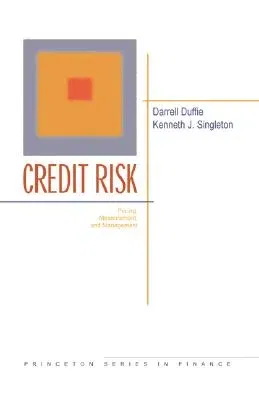In this book, two of America's leading economists provide the first
integrated treatment of the conceptual, practical, and empirical
foundations for credit risk pricing and risk measurement. Masterfully
applying theory to practice, Darrell Duffie and Kenneth Singleton model
credit risk for the purpose of measuring portfolio risk and pricing
defaultable bonds, credit derivatives, and other securities exposed to
credit risk. The methodological rigor, scope, and sophistication of
their state-of-the-art account is unparalleled, and its singularly
in-depth treatment of pricing and credit derivatives further illuminates
a problem that has drawn much attention in an era when financial
institutions the world over are revising their credit management
strategies.
Duffie and Singleton offer critical assessments of alternative
approaches to credit-risk modeling, while highlighting the strengths and
weaknesses of current practice. Their approach blends in-depth
discussions of the conceptual foundations of modeling with extensive
analyses of the empirical properties of such credit-related time series
as default probabilities, recoveries, ratings transitions, and yield
spreads. Both the "structura" and "reduced-form" approaches to pricing
defaultable securities are presented, and their comparative fits to
historical data are assessed. The authors also provide a comprehensive
treatment of the pricing of credit derivatives, including credit swaps,
collateralized debt obligations, credit guarantees, lines of credit, and
spread options. Not least, they describe certain enhancements to current
pricing and management practices that, they argue, will better position
financial institutions for future changes in the financial markets.
Credit Risk is an indispensable resource for risk managers, traders or
regulators dealing with financial products with a significant credit
risk component, as well as for academic researchers and students.

